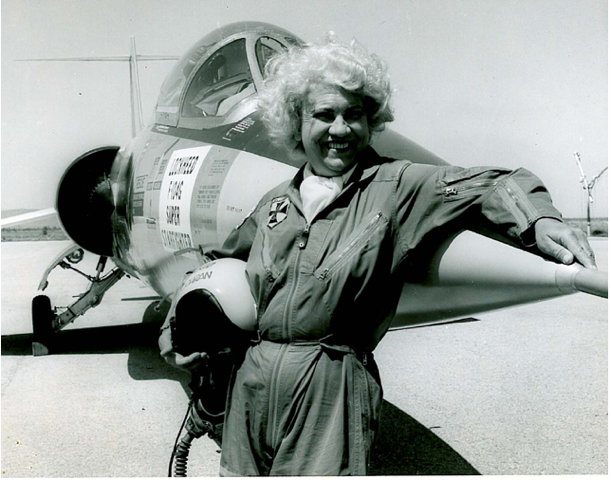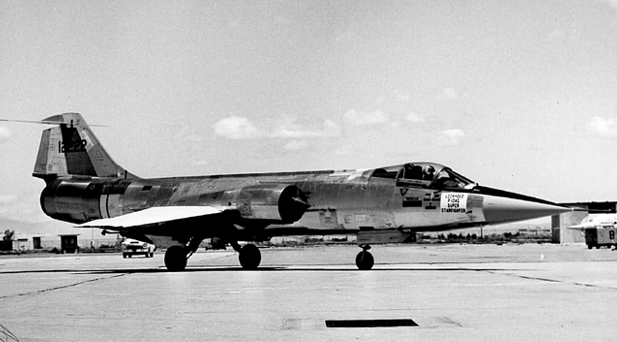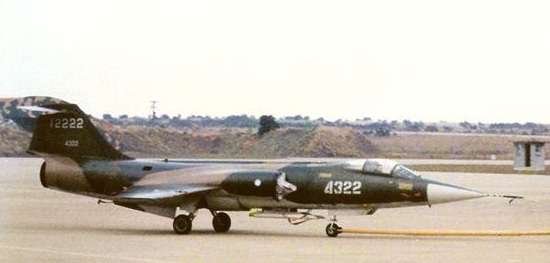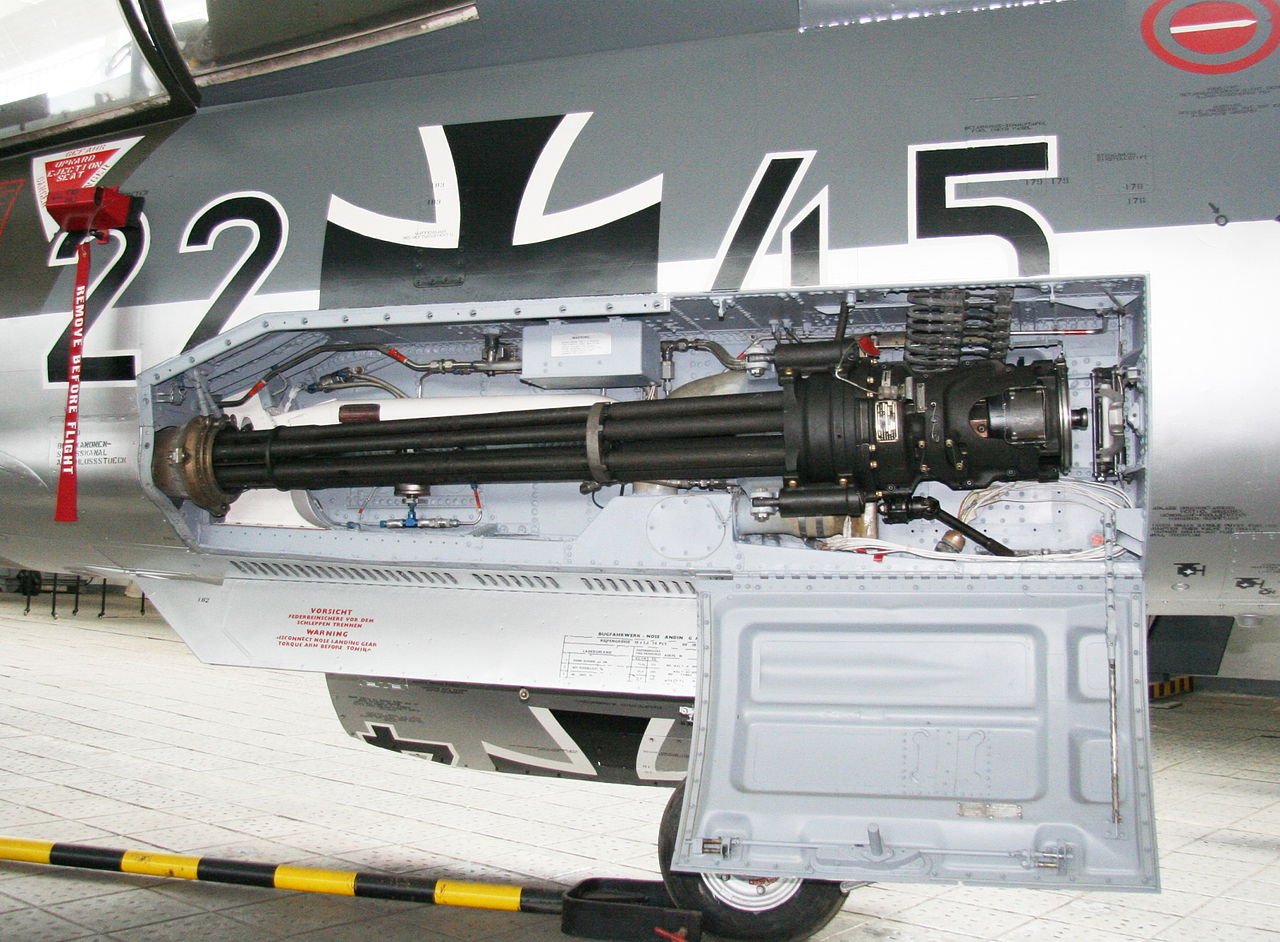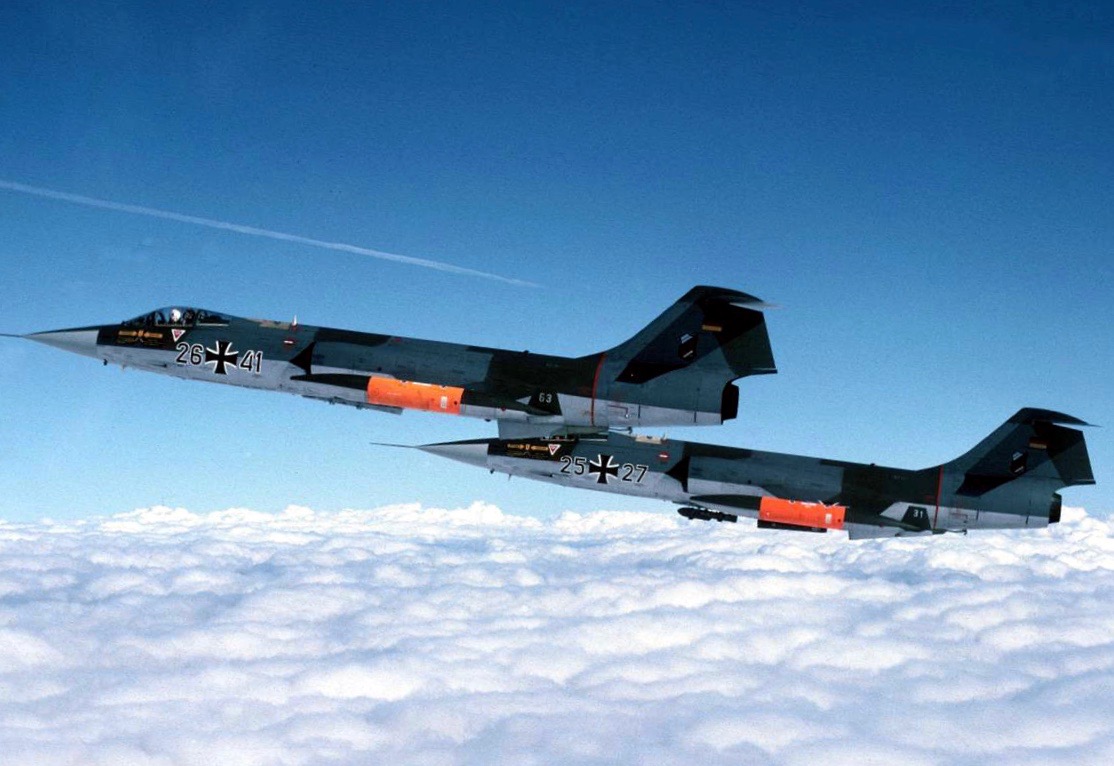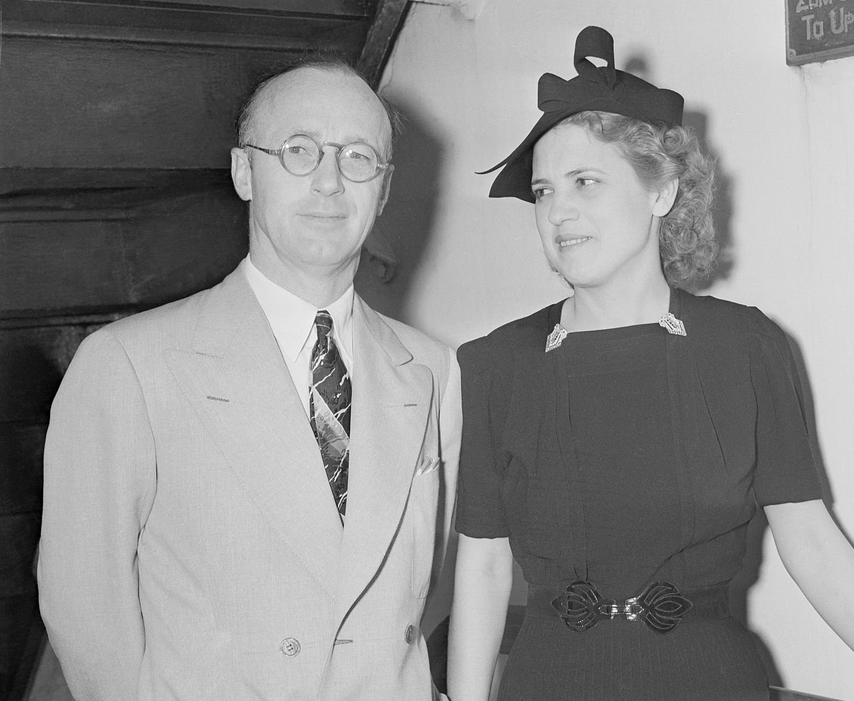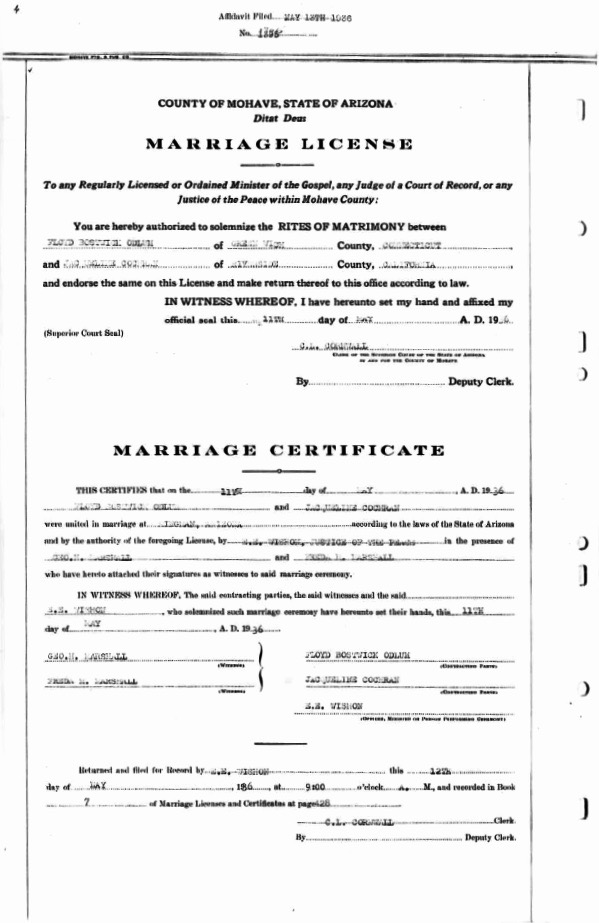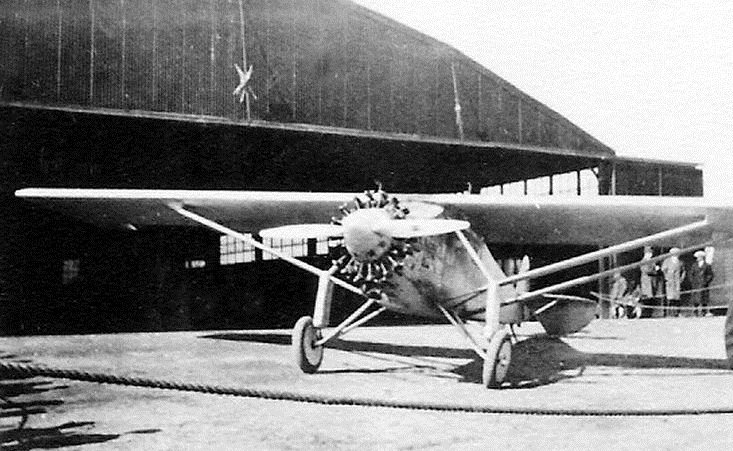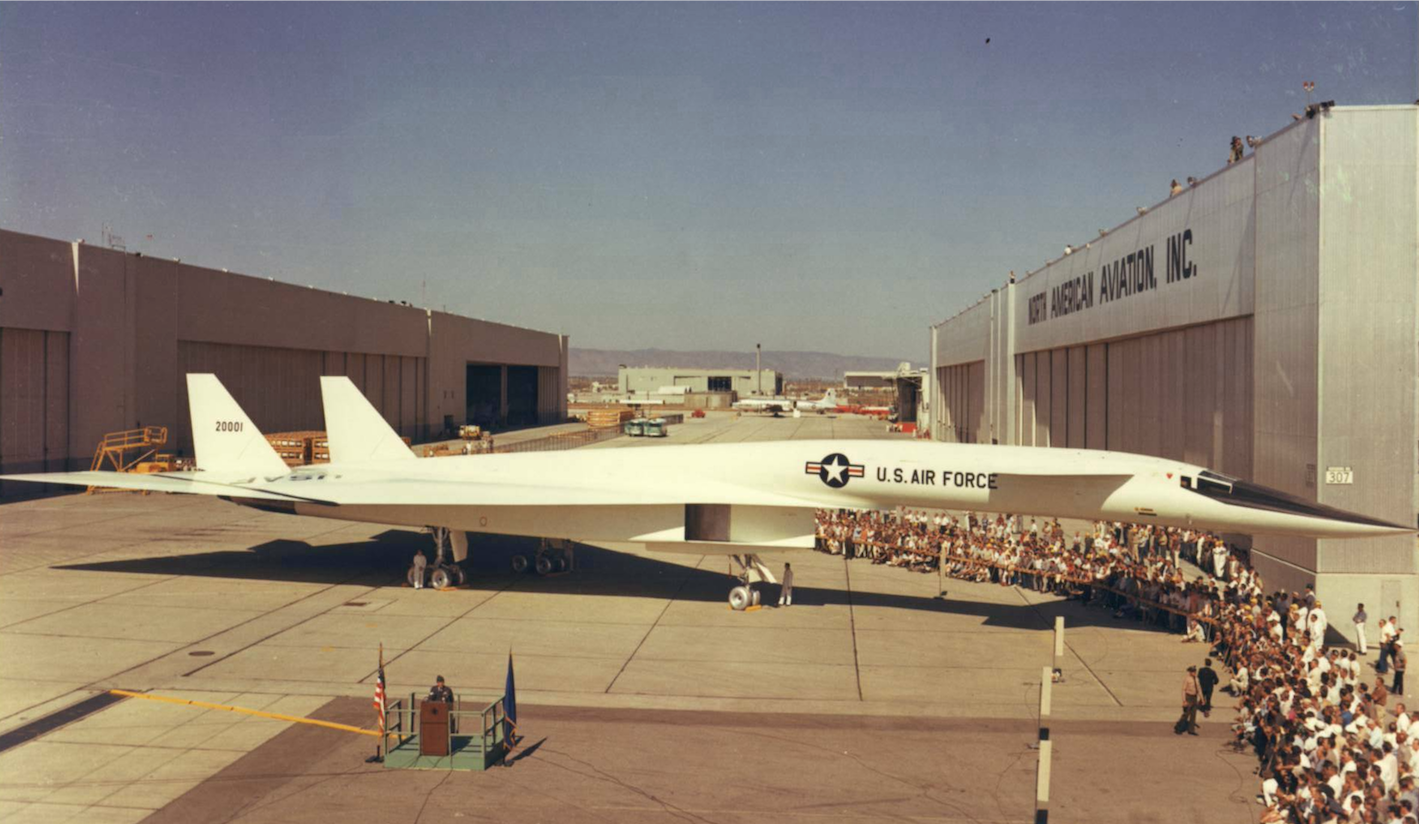
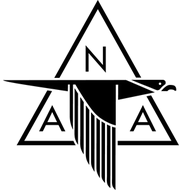 11 May 1964: At Air Force Plant 42 near Palmdale, a small city in the high desert of southern California, the first prototype North American Aviation XB-70A-1-NA Valkyrie, 62-0001, was rolled out. More than 5,000 people were there to watch.
11 May 1964: At Air Force Plant 42 near Palmdale, a small city in the high desert of southern California, the first prototype North American Aviation XB-70A-1-NA Valkyrie, 62-0001, was rolled out. More than 5,000 people were there to watch.
In August 1960, the U.S. Air Force had contracted for one XB-70 prototype and 11 pre-production YB-70 development aircraft. By 1964, however, the program had been scaled back to two XB-70As and one XB-70B. Only two were actually completed.
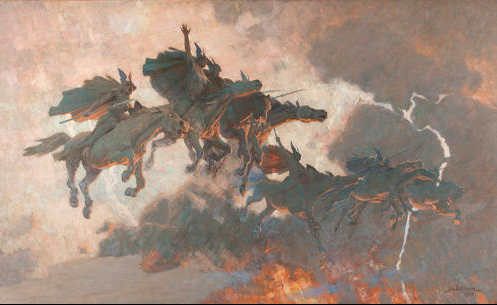
The B-70 was designed as a Mach 3+ strategic bomber capable of flying higher than 70,000 feet (21,336 meters). Like its contemporaries, the Lockheed Blackbirds, the Valkerie was so advanced that it was beyond the state of the art. New materials and processes had to be developed, and new industrial machinery designed and built.
The XB-70A is a very large aircraft with a canard-delta configuration, built primarily of stainless steel and titanium. It has twin vertical fins combining the functions of stabilizers and rudders. The XB-70A Valkyrie prototype is 193 feet, 5 inches (58.953 meters) long, including the pitot boom, with a wingspan of 105 feet, 0 inches (32.004 meters) and overall height of 30 feet, 9 inches (9.373 meters). The canard span is 28 feet, 10 inches (8.788 meters). The canard has flaps, while the delta wing used multiple separate elevons for pitch and roll control.
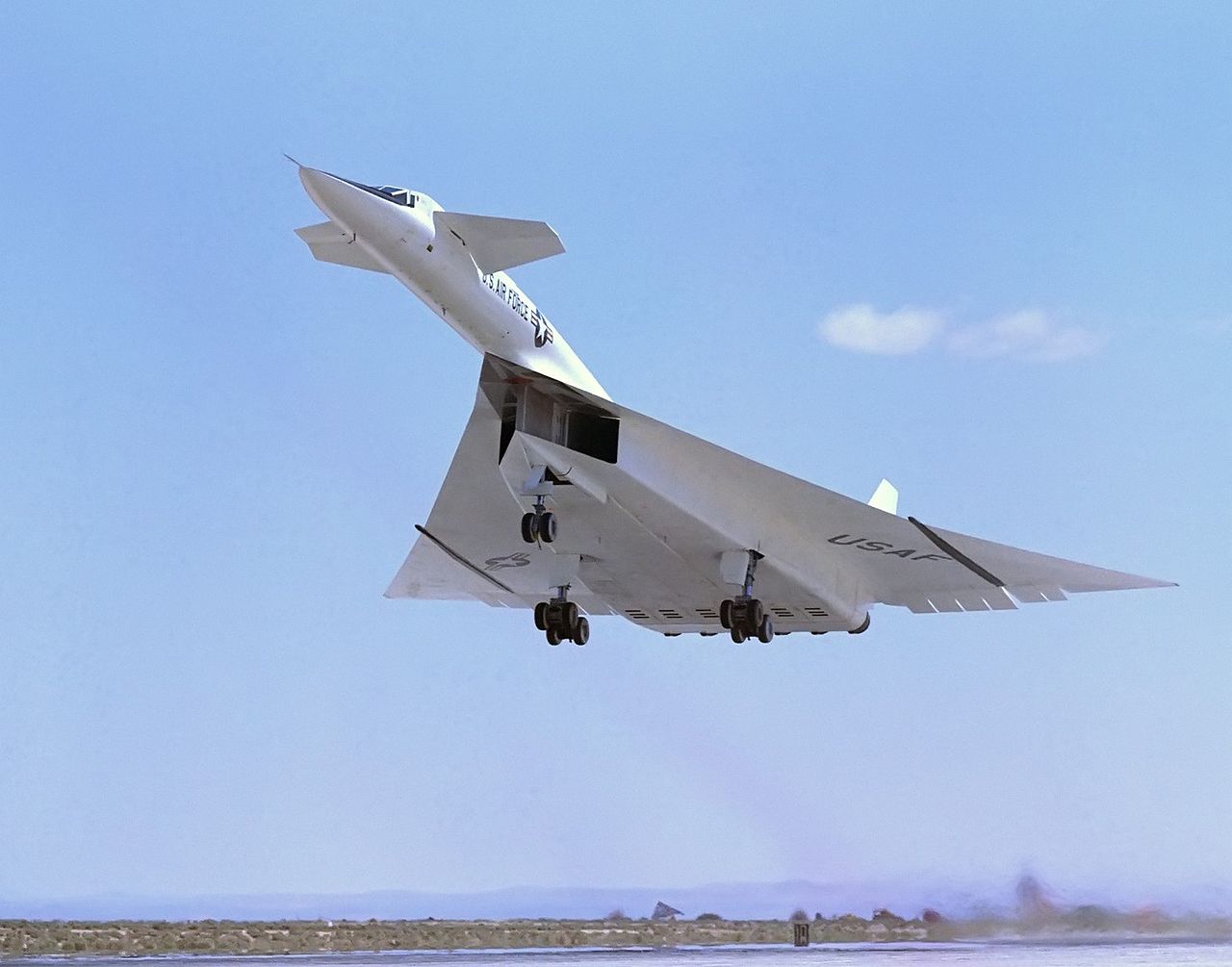
The delta wing has an angle of incidence of 0° and its leading edges are swept to 65.57°, with 0° sweep at the trailing edge. The wings have a maximum of -2.60° of twist. The wings of 62-001 have no dihedral, but the second B-70, 62-0207, had 5° dihedral. The total wing area is 6,297.8 square feet (585.1 square meters).
The canard also has 0° of incidence and dihedral. Its leading edge is swept aft 31.70°, while the trailing edge sweeps forward 14.91°. The canard has a total area of 415.59 square feet (38.61 square meters). The canard flaps can be lowered to 20°.
The vertical fins have a height of 15 feet (4.572 meters). The leading edges are swept 51.77° and the trailing edges, 10.89°.
The B-70 was designed to “surf” on its own supersonic shock wave (this was called “compression lift”). The outer 20 feet (6.096 meters) of each wing could be lowered to a 25° or 65° angle for high speed flight. Although this did provide additional directional stability, it actually helped increase the compression lift, which supported up to 35% of the airplane’s weight in flight.
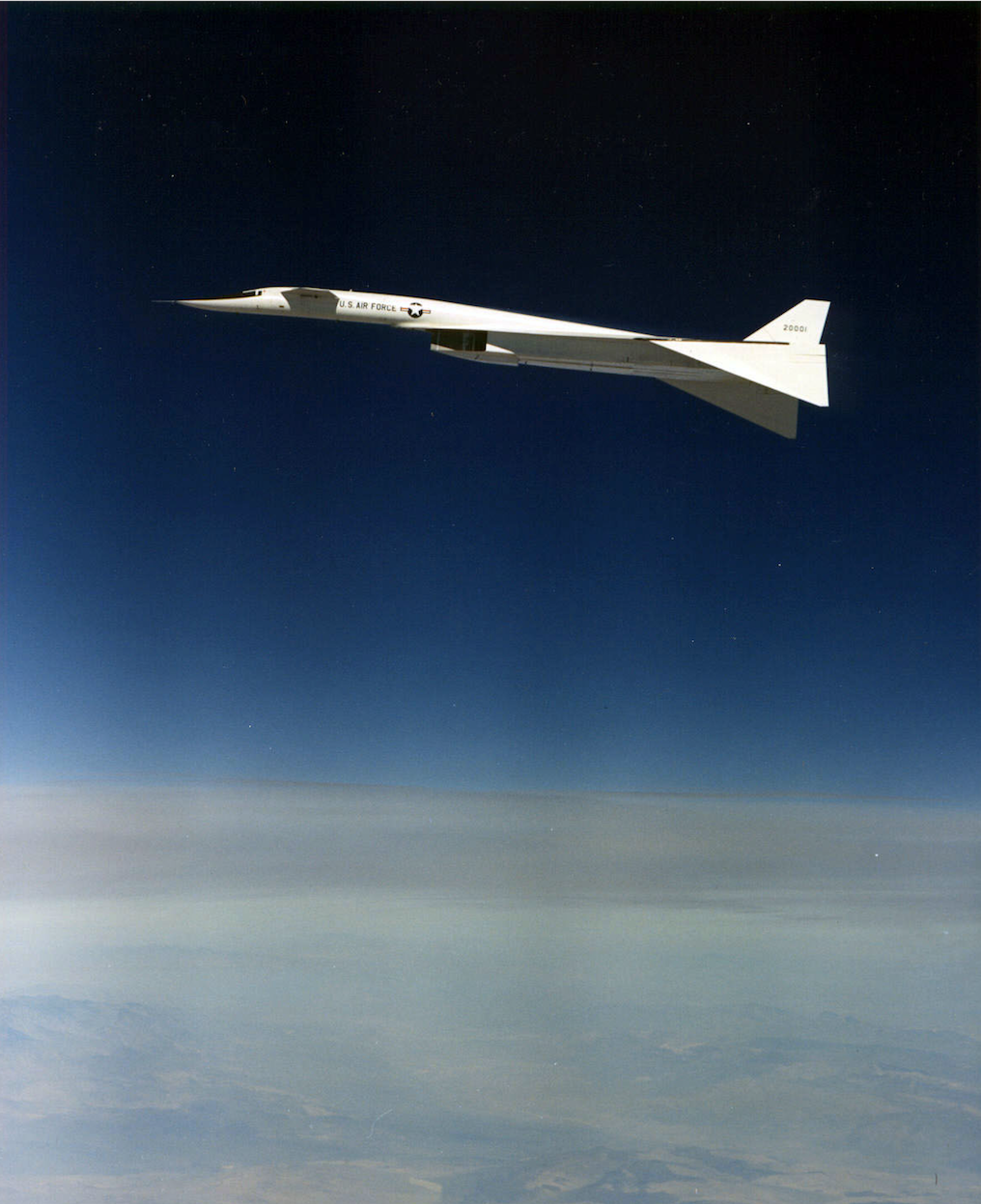
The first prototype, 62-001, had an empty weight of 231,215 pounds (104,877 kilograms), and its maximum takeoff weight was 521,056 pounds (236,347 kilograms).
 The XB-70A is powered by six General Electric YJ93-GE-3 engines, grouped together in the tail. These are single-spool, axial-flow, afterburning turbojet engines, which have an 11-stage compressor section and 2-stage turbine. The YJ93-GE-3 has a normal power rating of 17,700 pounds of thrust (78.734 kilonewtons); military power, 19,900 pounds (88.520 kilonewtons); and maximum power, 28,000 pounds (124.550 kilonewtons). All ratings are at 6,825 r.p.m. and are continuous. A special high-temperature fuel, JP-6, is required. The engine is 19 feet, 8.3 inches (6.002 meters) long, 4 feet, 6.15 inches (1.375 meters) in diameter, and weighs 5,220 pounds (2,368 kilograms).
The XB-70A is powered by six General Electric YJ93-GE-3 engines, grouped together in the tail. These are single-spool, axial-flow, afterburning turbojet engines, which have an 11-stage compressor section and 2-stage turbine. The YJ93-GE-3 has a normal power rating of 17,700 pounds of thrust (78.734 kilonewtons); military power, 19,900 pounds (88.520 kilonewtons); and maximum power, 28,000 pounds (124.550 kilonewtons). All ratings are at 6,825 r.p.m. and are continuous. A special high-temperature fuel, JP-6, is required. The engine is 19 feet, 8.3 inches (6.002 meters) long, 4 feet, 6.15 inches (1.375 meters) in diameter, and weighs 5,220 pounds (2,368 kilograms).
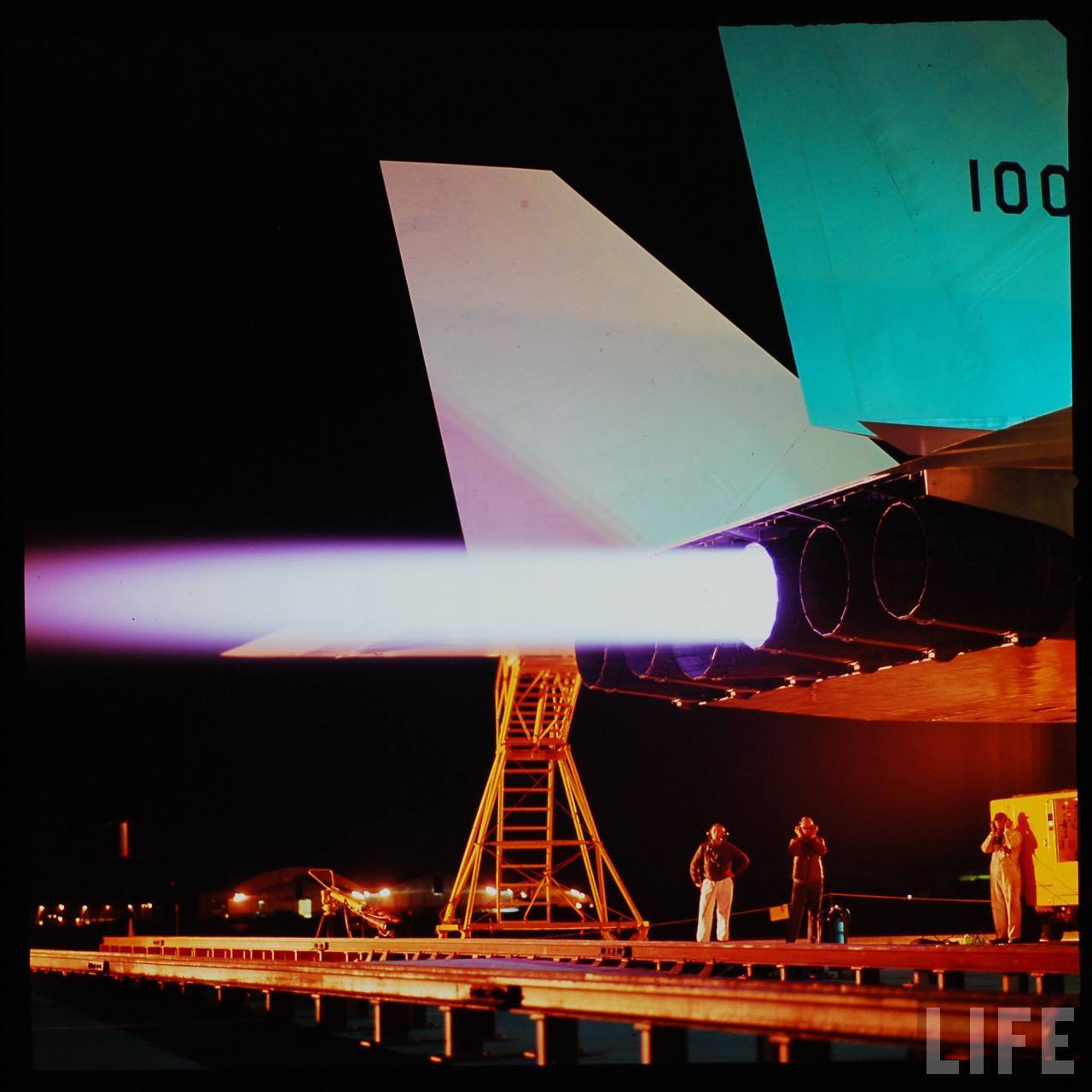
62-0001 had a cruise speed of 1,089 knots (1,253 miles per hour/2,016 kilometers per hour) at 35,000 feet (10,688 meters), and maximum speed of 1,721 knots (1,980 miles per hour/3,187 kilometers per hour) at 79,050 feet (24,094 meters)—Mach 2.97. During flight testing, the XB-70A reached a maximum of Mach 3.08 (1,777 knots) with a sustained altitude of 74,000 feet (22,555 meters).
Fuel was carried in 11 internal tanks in the wings and fuselage and the maximum capacity was 43,646 gallons (165,218 liters), giving the bomber a combat range of 3,786 nautical miles (4,357 statute miles/7,012 kilometers).
The B-70 was designed to carry two B-53 two-stage radiation-implosion thermonuclear bombs in its internal bomb bay. A maximum of fourteen smaller weapons could be carried.
XB-70A-1 62-0001 first flew 21 September 1964, and exceeded Mach 3 for the first time on its 17th flight, 14 October 1965. Its final flight was 4 February 1969.
The second prototype, XB-70A-2-NA 62-0207, was destroyed in a midair collision. The third Valkyrie, XB-70B-NA 62-0208, was cancelled before completion.
62-0001 is in the collection of the National Museum of the United States Air Force. It has made 83 flights with just 160 hours, 16 minutes, total flight time.
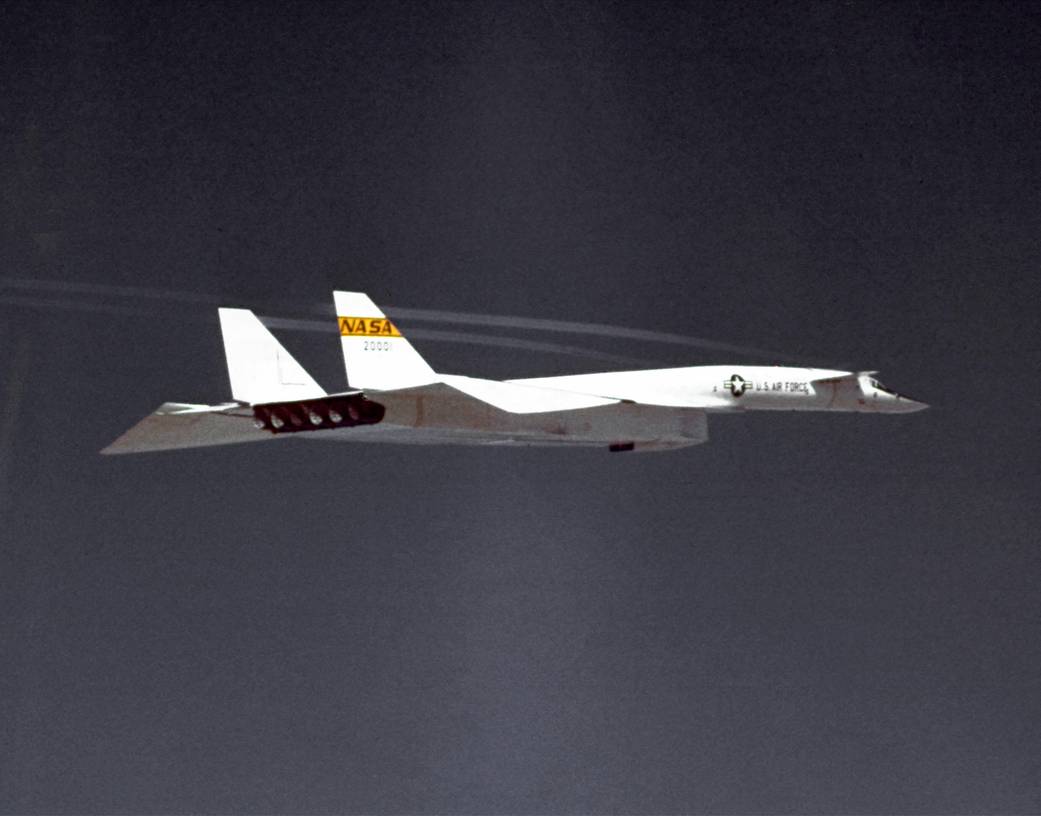
© 2019, Bryan R. Swopes
